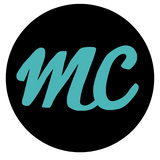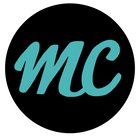Cycling in an organised group is a great way to train, stay motivated and make friends. However it is not without risk.
To help make riding in a group as safe and enjoyable as possible, cyclists have developed a relatively standard set of rules that all riders in the group should follow.
Unfortunately, crashes still occur and are often the result of a lack of concentration or riders not following the basics. Therefore we ask that you please read the following information before joining a bunch ride.
We have all been new to cycling at some point and your first time in a bunch can be a little intimidating, but with a little practice it soon becomes natural, please be patient with other Riders of all abilities.
If you’re a new rider and unsure about your own riding skill levels a great way to improve is coaching. Sydney City Council offers free City Riding courses at Sydney Park, run by Bike Wise. For more information, please check out: www.sydneycycleways.net and www.bikewise.com.au




